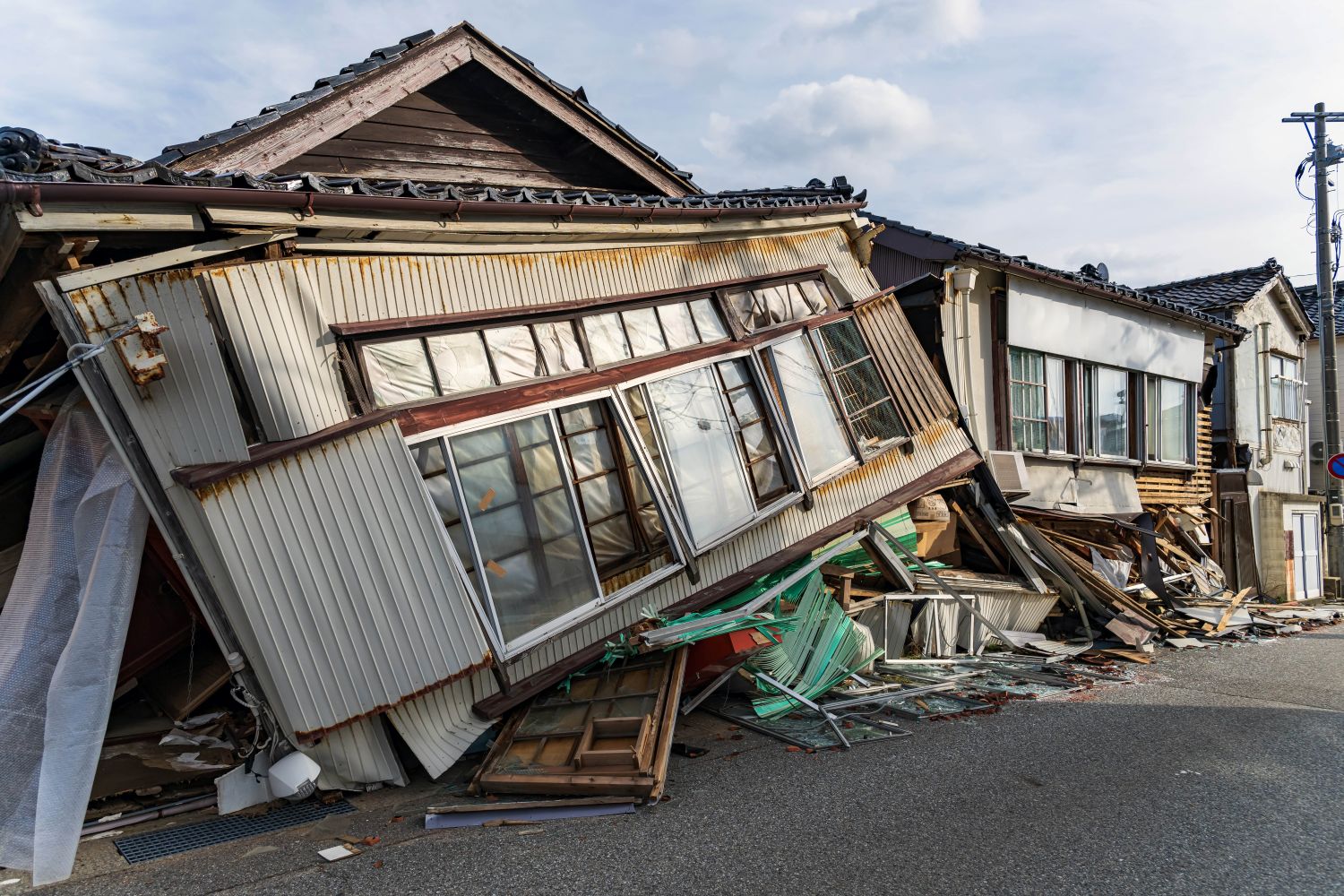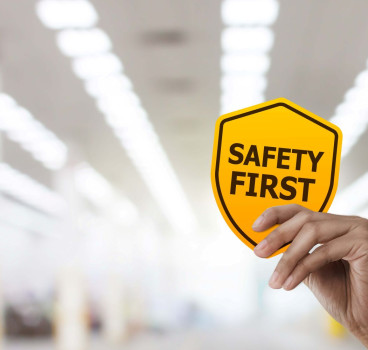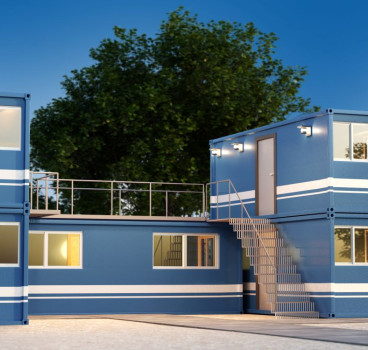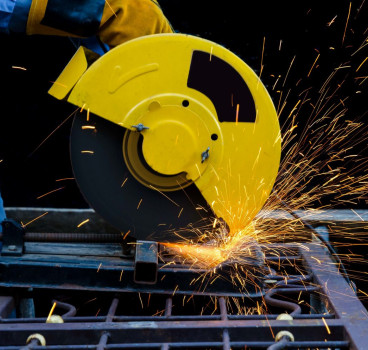Making sure that new housing is disaster proof
Japan has always had a longstanding battle with natural disasters, which has transformed it into a global leader in resilient housing design ready for whatever its unpredictable climate can offer. Such is their expertise that the nation's proactive measures provide valuable insights for other countries, particularly the United States, where communities are increasingly vulnerable to natural catastrophes, writes John Ridgeway.
Japan's geographical position along the Pacific Ring of Fire subjects it to frequent earthquakes, tsunamis and typhoons. In response, the country has developed a multifaceted approach to building resilience. It enforces rigorous building standards designed to withstand seismic activity and other natural disasters. All structures must also undergo safety inspections during construction and again after significant events to ensure continued compliance and safety.
Traditional Japanese architecture employs flexible materials like wood and complex joinery techniques, allowing buildings to absorb and adapt to seismic forces. Modern designs have further integrated these principles with advanced technology to enhance structural resilience.
As an additional safety measure, the government provides detailed hazard maps, guiding citizens and developers in selecting safer locations for construction, away from floodplains, fault lines and landslide-prone areas.
It helps that disaster preparedness is deeply ingrained in Japanese culture. Regular drills, public education campaigns and community-based training ensure that citizens are well-prepared to respond effectively during emergencies – but how does it work in other parts of the world.
Lessons for other countries
The U.S., along with many other countries, faces a diverse array of natural disasters, including hurricanes, wildfires, earthquakes and floods. Recent events have highlighted vulnerabilities in housing infrastructure and disaster response. By examining Japan's approach, the U.S. can identify several actionable strategies.
While some U.S. regions have updated building codes in response, there is a lack of uniformity across the country. Implementing stringent, nationwide standards that account for various regional hazards can improve the resilience of new constructions. Additionally, incentivising the retrofitting of existing structures to meet these standards is crucial.
Incorporating design elements that enhance flexibility and strength can be shown to mitigate damage during disasters. Architects and builders should draw inspiration from both traditional and modern techniques that prioritise resilience. For instance, using materials and construction methods that allow buildings to sway rather than crack under stress can be beneficial.
Developing and disseminating detailed hazard maps, like the Japanese, can also inform safer land-use planning and construction. These maps should be easily accessible to the public and integrated into the planning processes to guide development away from high-risk areas.
Regular community drills, educational programmes and public awareness campaigns can empower citizens to act effectively during emergencies. Schools, workplaces and community centres should be focal points for disseminating information and conducting training sessions.
This would also deliver a cash bonus. To address the escalating costs of home insurance in disaster-prone areas, for example, the U.S. can consider establishing government-backed reinsurance programmes. Such initiatives can help stabilise the insurance market and make coverage more affordable for homeowners.
However, adapting Japan's strategies to the U.S. context and that of other countries, requires careful consideration. The U.S. encompasses a wide range of climates and geological features, necessitating region-specific building codes and preparedness plans.
Retrofitting existing infrastructure and implementing new building standards also requires significant investment. Balancing costs with the benefits of disaster resilience is a critical policy challenge.

Furthermore, the decentralised nature of building regulations in the U.S. means that achieving uniform standards involves navigating complex layers of local, state and federal regulations.
In addition, cultivating a culture of preparedness requires overcoming public apathy and ensuring sustained community engagement. Tailored communication strategies are essential to resonate with diverse populations.
Several other countries also face natural disaster challenges similar to Japan's and have implemented various strategies to enhance resilience and mitigate risks.
A global view
Indonesia is highly susceptible to earthquakes and tsunamis. The devastating 2004 Indian Ocean tsunami, which claimed approximately 230,000 lives across multiple countries, prompted significant improvements in the country’s disaster preparedness. It has upgraded its tsunami warning infrastructure by installing advanced sirens capable of alerting residents within a 100 km radius to potential threats. This development addresses previous shortcomings, such as the lack of effective warning mechanisms during the 2004 disaster.
Regular disaster preparedness drills and educational programmes have been instituted to ensure that communities, especially in high-risk areas like Aceh, are well-informed and ready to respond effectively during emergencies.
Australia equally contends with natural hazards such as bushfires and cyclones, which have intensified in recent years. To alleviate the financial burden on homeowners, the Australian government now offers grants aimed at reducing insurance costs. Additionally, it provides reinsurance support for cyclones, ensuring that insurance remains accessible and affordable in high-risk regions.
Facing increased instances of severe weather events, Canada has taken steps to bolster its disaster resilience by developing a low-cost flood insurance initiative tailored for high-risk areas. This programme aims to provide affordable coverage to residents in flood-prone regions, mitigating the financial impact of such disasters.
Despite being less frequently discussed in the context of natural disasters, Switzerland has also proactively addressed potential risks. The country has invested heavily in early warning mechanisms that predict threats like landslides, avalanches and floods. These systems enable timely evacuations and preparations, minimising potential harm. Furthermore, Switzerland has constructed isolation channels designed to manage heavy rainfall and melting snow, effectively preventing flooding in vulnerable areas.
In response to escalating natural disasters, EU regulators have also proposed collective measures. Recommendations include establishing a taxpayer-funded disaster relief fund and a publicly-backed reinsurance programme. These initiatives aim to address the increasing costs associated with natural catastrophes, ensuring that adequate resources are available for recovery efforts.
We can see those countries facing natural disasters similar to Japan's, have adopted a range of strategies to enhance resilience and mitigate risks. These measures encompass technological advancements, community engagement, financial support mechanisms and infrastructural investments. By sharing knowledge and best practices, nations can collaboratively strengthen their disaster preparedness and response frameworks, ultimately safeguarding lives and property, but we still have a long way to go and must do much better.
Additional Blogs

How Does OSHA and HSE Enforce Their Standards?
The Occupational Safety and Health Administration (OSHA) and its U.K. counterpart, the Health and Safety Executive (HSE), are the primary bodies governing workplace safety. Their role is to reduce...
Read moreIs modular construction suffering from an identity problem?
Modular construction has been hailed as the future of the building industry for more than a decade. Promises of speed, efficiency, reduced waste and improved quality have made it a go-to headline...
Read more

The small innovations helping to transform construction
Construction’s biggest stories tend to revolve around landmark buildings, major digital breakthroughs, or the occasional crisis that pushes the industry into the headlines. Yet much of the sector’s...
Read more